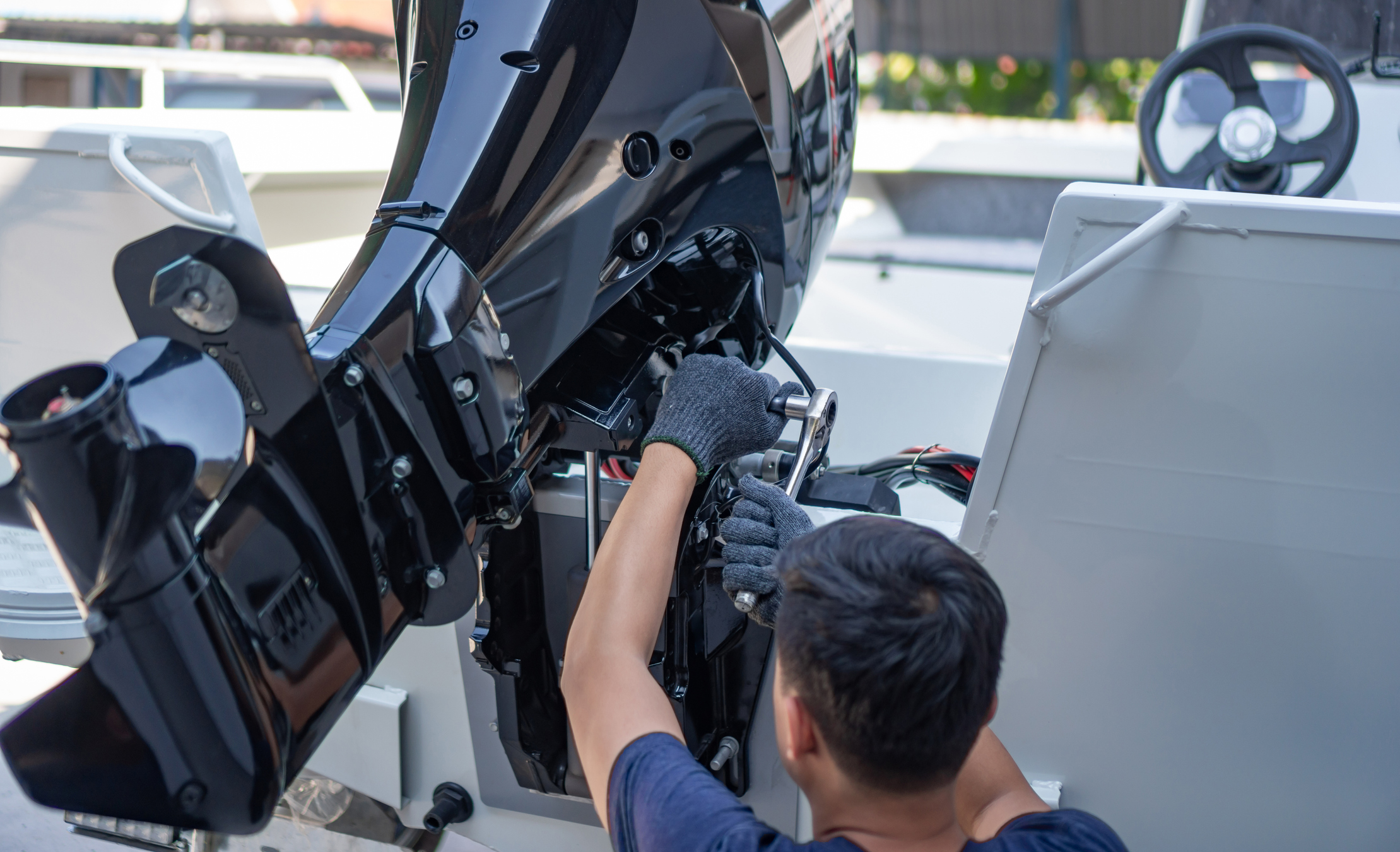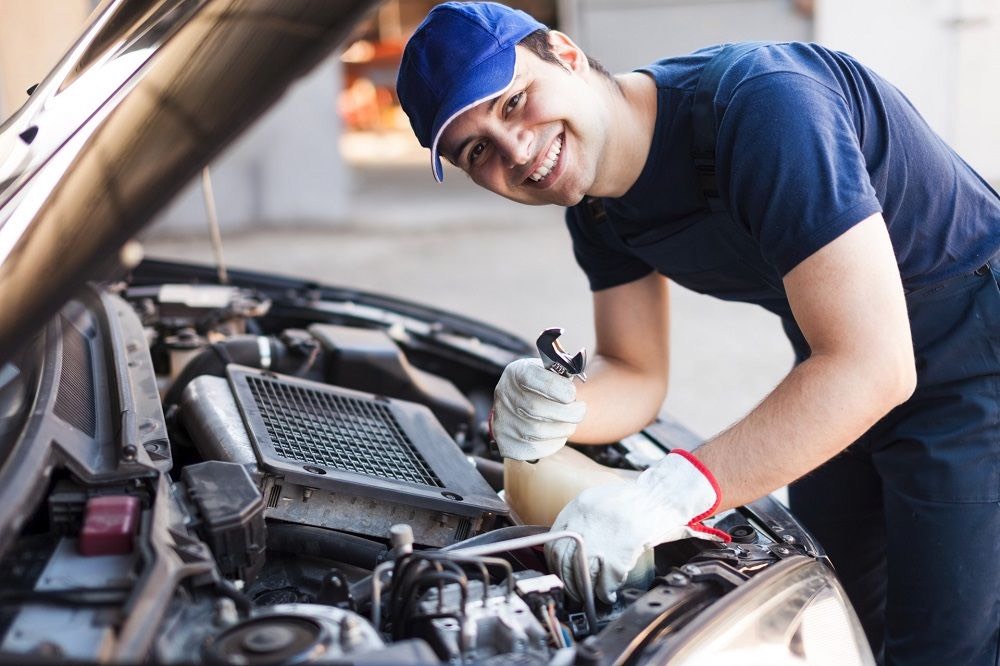Used Engines for Sale: What You Need to Know Prior To Acquiring One
Used Engines for Sale: What You Need to Know Prior To Acquiring One
Blog Article
Vital Considerations for Guaranteeing Top Quality and Durability in operation Engines
When thinking about the acquisition of a used engine, ensuring its quality and longevity calls for a diverse technique. Upkeep background is an essential aspect, as it supplies insight into the engine's past care and prospective future dependability. Past documents, a detailed evaluation of physical components-- such as belts, hose pipes, and seals-- can disclose hidden issues. Performance testing is also critical, supplying a photo of the engine's operational effectiveness. Understanding the subtleties of these evaluations and their ramifications can be complicated. What are the crucial approaches that can be employed to navigate this intricate assessment procedure properly?
Engine Background Examination
In the realm of made use of engines, a thorough engine history analysis is paramount to making certain high quality and dependability. Recognizing an engine's past can supply important insights right into its performance abilities and prospective future long life.
Furthermore, assessing any history of repair services or substitutes is vital. Engines that have undertaken substantial fixings might have underlying concerns that could resurface. Understanding the context of such repairs, whether due to manufacturing issues or owner carelessness, is vital in developing a thorough evaluation. Additionally, analyzing the engine's gas mileage can act as an indication of damage. Lower mileage engines are generally more desirable, however it is also crucial to consider just how those miles were built up. An engine made use of mostly for long-distance freeway driving may be in better problem than one based on frequent stop-and-go city traffic.
Essentially, an extensive examination into an engine's history is necessary for making educated getting decisions. used engines for sale.
Comprehensive Evaluation Guide
While recognizing an engine's background supplies valuable context, a detailed examination is the following step to guarantee its existing problem lines up with historic data. The examination must begin with an aesthetic analysis, looking for indicators of leakages, corrosion, and unusual wear. Inspect the exterior for oil discolorations or coolant marks, which may indicate underlying issues.
Next, review the engine's placing system for any loose bolts or irregularities that could impact performance. Pay attention to the condition of belts and tubes, as these parts are important for optimum engine performance. Take a look at for fractures, fraying, or any type of indicators of degeneration.

Recognizing Damage
Identifying signs of deterioration is essential for assessing find out a used engine's durability and dependability. It involves a thorough evaluation of different engine parts to establish their existing state and possible future efficiency. Typical signs consist of noticeable rust, which can influence steel components and endanger architectural integrity. Corrosion on or around the engine block, cylinder heads, and exhaust manifolds is specifically worrying.
An additional vital element is examining the engine's seals and gaskets. In addition, unusual sounds throughout engine procedure, such as knocking or ticking audios, might suggest interior damage or extreme wear on relocating parts like pistons or bearings.
The problem of belts and tubes is similarly important, as they play an important duty in the engine's general function. Cracked or frayed belts and breakable tubes are signs old that can result in engine failing if overlooked. Taking a look at the oil condition and filter can provide understandings right into previous maintenance techniques, as dirty oil or clogged filters suggest disregard and sped up wear.
Performance Testing Basics
Assessing the wear and tear of engine elements establishes the stage for a comprehensive analysis with efficiency testing. Performance testing offers as an important action in identifying the operational stability of an utilized engine.
Using dynamometers is an usual approach in efficiency testing. These devices measure the engine's result across different conditions, using a thorough account of its capability. Recommended Reading In addition, on-road testing complements dynamometer evaluations by observing engine behavior under normal driving circumstances, ensuring it satisfies the needed standards for both security and effectiveness.
These devices evaluate engine management systems, determining faults in electronic elements that could impact performance. Comprehensive screening not only confirms the engine's functional condition however additionally help in projecting future upkeep demands.
Upkeep and Care Tips
Proper upkeep and care are crucial to extending the lifespan of a made use of engine and guaranteeing its constant efficiency. Normal oil changes are extremely important; utilizing the supplier's recommended oil kind and quality can stop extreme wear and tear. In addition, oil filters need to be replaced concurrently to keep optimal lubrication and tidiness within the engine.
Checking liquid levels, consisting of coolant, transmission liquid, and brake liquid, is necessary. Guaranteeing these fluids are at ideal levels helps prevent overheating and this link various other mechanical issues. Evaluating belts and hoses for signs of wear, such as cracks or fraying, can avoid prospective failings that might cause pricey repairs.
Routine assessment of the air filter is likewise necessary, as a clean filter makes certain efficient air movement and combustion, therefore maximizing engine performance. Trigger plugs ought to be checked and replaced when required to keep efficient gas burning and avoid engine misfires.
Last but not least, normal analysis checks using professional tools can determine prospective issues before they come to be significant problems. By sticking to these upkeep and care ideas, used engine proprietors can ensure their engines stay reputable, efficient, and qualified of executing well over a prolonged period.
Final Thought

Report this page